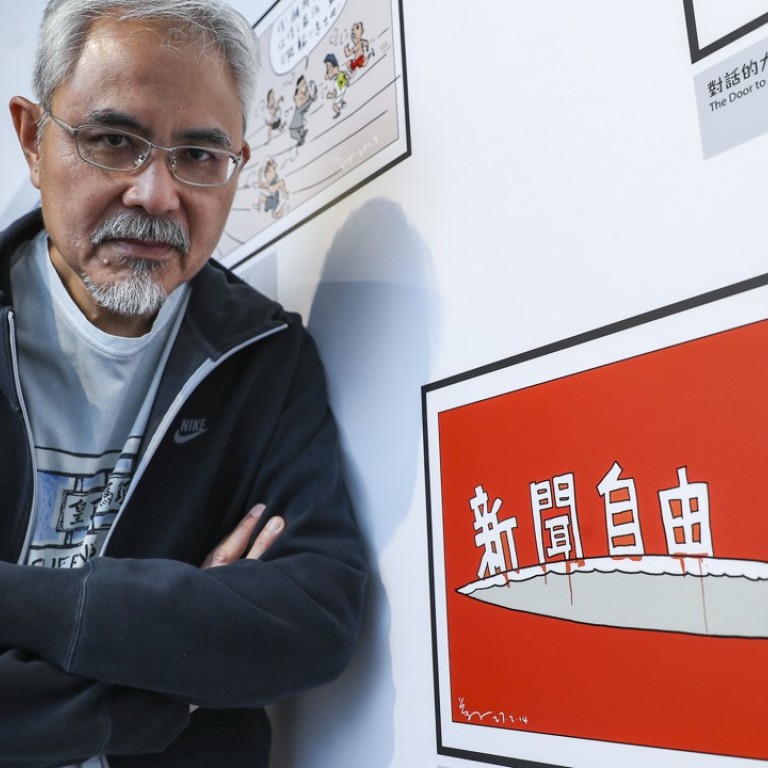
Hong Kong political cartoonist takes aim at 40 years of Chinese reform in new show
- Over 100 cartoons by Wong Kei-kwan, better known as ‘Zunzi’, on show in Kowloon Tong
- Depictions include Jiang Zemin, Liu Xiaobo and Xi Jinping
A prominent Hong Kong political cartoonist is marking the 40th anniversary of China’s reform and economic opening up with a retrospective whose title says it all: “Disorderly laughter not allowed. 40 years of reform and opening up, sown by Xiaoping and cut down by Jinping.”
Wong Kei-kwan, better known as “Zunzi”, his pen name in Chinese-language newspaper Ming Pao, boldly lays out references to the suppression of free expression and the contrast between the exuberance of the late 1970s and today’s repressive environment in over 100 cartoons.
Is artistic freedom eroding in Hong Kong? For some, without a doubt
He was given a daily column in 1983 in which he has lampooned Hong Kong’s colonial-era politicians and government ministers, raged against human rights abuses in China, and shamed officials for their vapid sloganeering.
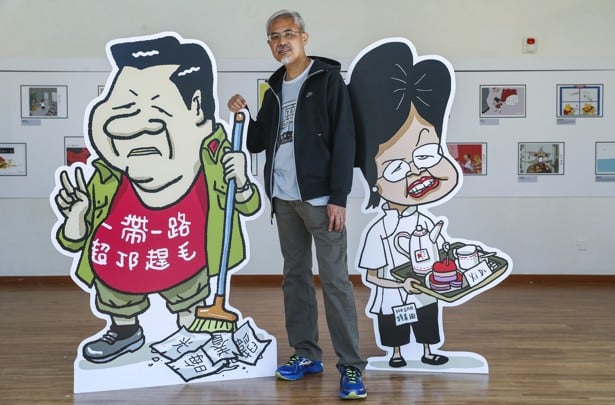
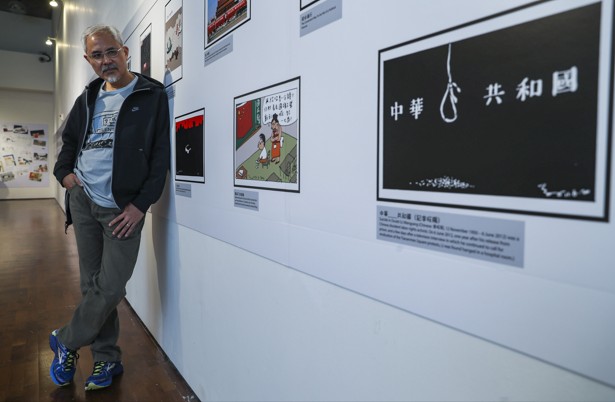
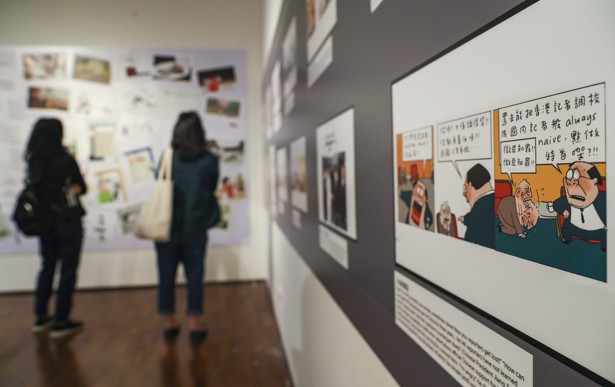
Incredibly prolific, he now has four daily deadlines for both Ming Pao and the Apple Daily newspaper.
“It comes automatically to me. I scour the news, I listen to what people are saying in cha chaan tengs [local-style restaurants], I pick things up wherever I am,” he says. “After all, being interested is the basic requirement of the job.”
The exhibition is arranged chronologically and each cartoon is shown with a detailed Chinese and English caption.
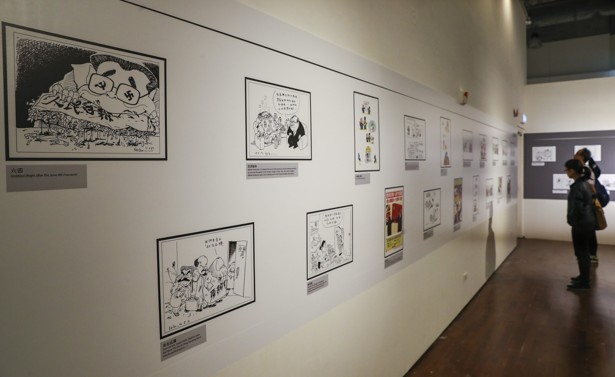

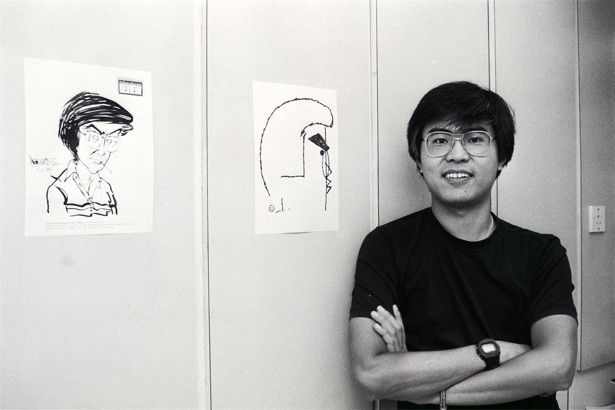
A lot of Hong Kong people will instantly recognise the events that the cartoons depict, such as former Chinese President Jiang Zemin switching to English to tell off a Hong Kong journalist for asking questions that were “too simple, sometimes naive”.
The death of Liu Xiaobo, the jailed Nobel Peace Prize laureate, was marked with a single frame image of Liu on his knees and a pair of giant hands hammering a sickle through his frail body.
More recent works have often focused on President Xi Jinping, from China’s ban on comparing him to Winnie the Pooh to fears over his consolidation of power.
I am not afraid now and I never have been. Journalists have been arrested, physically attacked and killed over the years. It’s nothing new
He says there are major differences between a daily cartoonist and a text journalist. “It’s not our job to present both sides of the story. We act as alarm bells. Also, we have a very small window of time to refer to events before people forget them. With text, you can have a few paragraphs giving background. Our images don’t have that prop.”
Does he think there is more of a climate of fear in Hong Kong compared to before?
“I am not afraid now and I never have been,” he says. “Journalists have been arrested, physically attacked and killed over the years. It’s nothing new. When resistance weakens and people don’t speak up, those who want to limit our freedoms will try and push through more change. My job is to just carry on.”
Zunzi: A Retrospective, Koo Ming Kown Exhibition Gallery, Communication and Visual Arts Building, Baptist University, 5 Hereford Road, Kowloon Tong, Kowloon, 11am-8pm, Mon-Sun. Ends Dec 4

